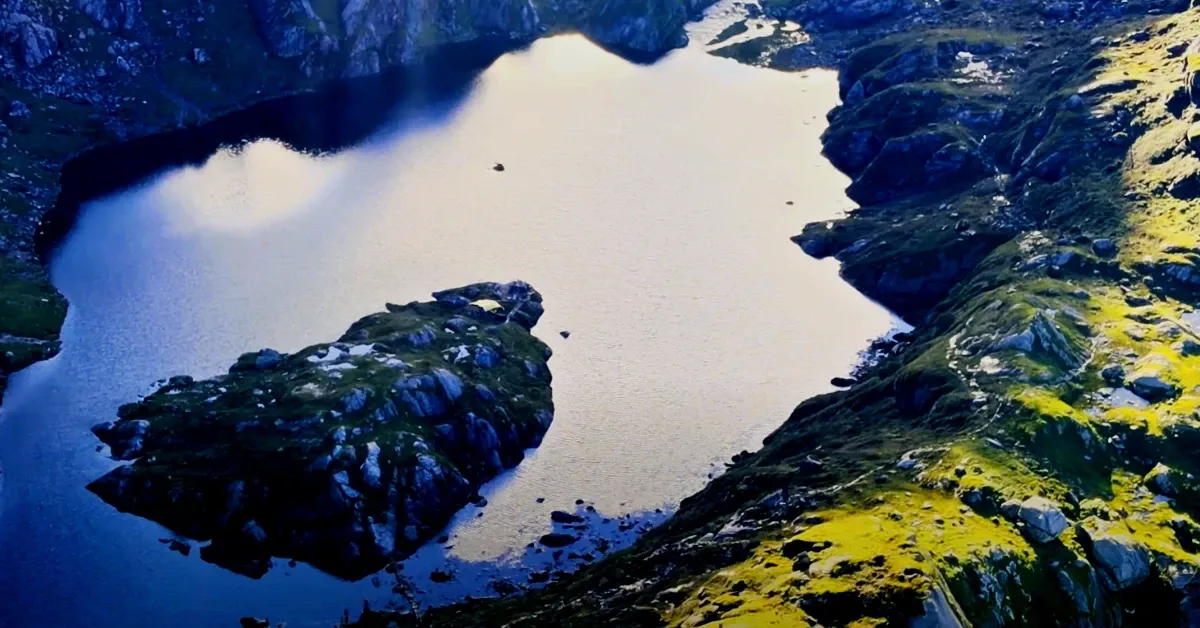Sabha Pokhari: The Hidden Gem of Sankhuwasabha in East Nepal
Synopsis: Sabha Pokhari, nestled at 4,200 meters, embodies a harmonious blend of natural beauty and spiritual significance. Legends of sage gatherings and religious rituals add to its allure. The site, historically significant since the 10th century, now attracts tourists with sustainable tourism initiatives. Trekking routes offer a journey through diverse landscapes, showcasing cultural diversity and breathtaking panoramas. With its rich biodiversity and cultural tapestry, Sabha Pokhari stands as a captivating destination worth exploring.(alert-success)
Introduction
In the realm of Hindu mythology, one captivating legend echoes through the ages, etching its tale onto the serene canvas of Sabha Pokhari. Drenched in the hues of Dwapar Yuga, a renowned sage, Byas Rishi, orchestrated a divine congregation in the heart of this pond, delivering profound teachings to a gathering of 8800 sages.
The amalgamation of wisdom and spirituality birthed the name "Sabha Pokhari" – Sabha, meaning meeting, and Pokhari, translating to pond.Janai Purnima and Nag Panchami witness the pond swarmed with devotees seeking spiritual cleansing and blessings.
The belief that a dip in Sabha Pokhari can absolve sins and bring good fortune adds to its allure. Steeped in history, Sabha Pokhari is not merely a natural marvel but a testament to the architectural prowess of King Karna Sen from the Sen dynasty in the 10th century. The pond served multifaceted purposes, including irrigation, fishing, and laundering clothes, weaving its historical threads into the cultural fabric of the region.
The diverse ethnic communities inhabiting the Northern and Southern valleys, each contributing to the vibrant cultural mosaic with the unique cultural practices and traditions of Limbu, Rai, Sherpa, Tamang, Gurung, Magar, Newari, Kumal, and more.
Discussing the efforts by local authorities to promote Sabha Pokhari as a tourist destination.Detailing the development of lodges, tea houses, and trekking routes to facilitate easier exploration. Emphasizing the importance of sustainable tourism in preserving the region's natural and cultural legacy. Highlighting the positive impact of tourism on the economic well-being of the local communities.
Placing Sabha Pokhari on the geographic map, highlighting its elevation and proximity to the majestic peaks like Mt. Makalu and Lumba Sumba Hill. Describing the physical dimensions of the pond and the breathtaking panorama visible from its vicinity. Unveiling the wealth of biodiversity around Sabha Pokhari, including 26 types of Rhododendrons and various fauna. Delving into the specifics of the Rhododendron species found in the region and their significance.
The amalgamation of wisdom and spirituality birthed the name "Sabha Pokhari" – Sabha, meaning meeting, and Pokhari, translating to pond.Janai Purnima and Nag Panchami witness the pond swarmed with devotees seeking spiritual cleansing and blessings.
The belief that a dip in Sabha Pokhari can absolve sins and bring good fortune adds to its allure. Steeped in history, Sabha Pokhari is not merely a natural marvel but a testament to the architectural prowess of King Karna Sen from the Sen dynasty in the 10th century. The pond served multifaceted purposes, including irrigation, fishing, and laundering clothes, weaving its historical threads into the cultural fabric of the region.
The diverse ethnic communities inhabiting the Northern and Southern valleys, each contributing to the vibrant cultural mosaic with the unique cultural practices and traditions of Limbu, Rai, Sherpa, Tamang, Gurung, Magar, Newari, Kumal, and more.
Discussing the efforts by local authorities to promote Sabha Pokhari as a tourist destination.Detailing the development of lodges, tea houses, and trekking routes to facilitate easier exploration. Emphasizing the importance of sustainable tourism in preserving the region's natural and cultural legacy. Highlighting the positive impact of tourism on the economic well-being of the local communities.
Placing Sabha Pokhari on the geographic map, highlighting its elevation and proximity to the majestic peaks like Mt. Makalu and Lumba Sumba Hill. Describing the physical dimensions of the pond and the breathtaking panorama visible from its vicinity. Unveiling the wealth of biodiversity around Sabha Pokhari, including 26 types of Rhododendrons and various fauna. Delving into the specifics of the Rhododendron species found in the region and their significance.
Starting from a flight to Biratnagar and a drive to Hile or Basantpur, sets the stage for the trekking adventure.Detailing the trek from Tute Deurali through Milke Danda, covering Sabha Pokhari, Tin Pokhari, Mangsima village, Chichila, and the return to Kathmandu from Tumlingtar in a 12 to 15 days expedition.
Painting a vivid picture of the trekking adventure, navigating through dense forests, alpine meadows, and high altitude passes. Showcasing the rewards of the trek, from the unique culture and lifestyle of the ethnic groups to the panoramic views of snow-capped mountains.
In Conclusions
Summarizing the diverse and enchanting allure of Sabha Pokhari as a hidden gem that seamlessly blends natural beauty, cultural diversity, and religious significance. The majority of the populace surrounding Sabha Pokhari are farmers, cultivating an array of crops like corn, padi, millet, and potatoes. The fertile land also yields medicinal plants with international markets. Exploring the agro-diversity, the article will shed light on the farmers' efforts and the broader market impact.FAQs
Q: Is Sabha Pokhari open to tourists throughout the year?Yes, Sabha Pokhari welcomes tourists year-round, offering different experiences with each season.
Q: What are the main crops grown by local farmers?
A: Local farmers cultivate a variety of crops, including Corn, Paddy, Millet, and Potatoes.
Q: How challenging is the trek to Sabha Pokhari?
The trek to Sabha Pokhari is challenging but immensely rewarding, passing through diverse landscapes.
Q: Are there accommodations available for trekkers?
Yes, there are lodges and tea houses developed to accommodate trekkers exploring Sabha Pokhari.
Q: How does Sabha Pokhari contribute to local culture and history?
Sabha Pokhari is deeply intertwined with local culture, providing historical significance and fostering cultural practices.


